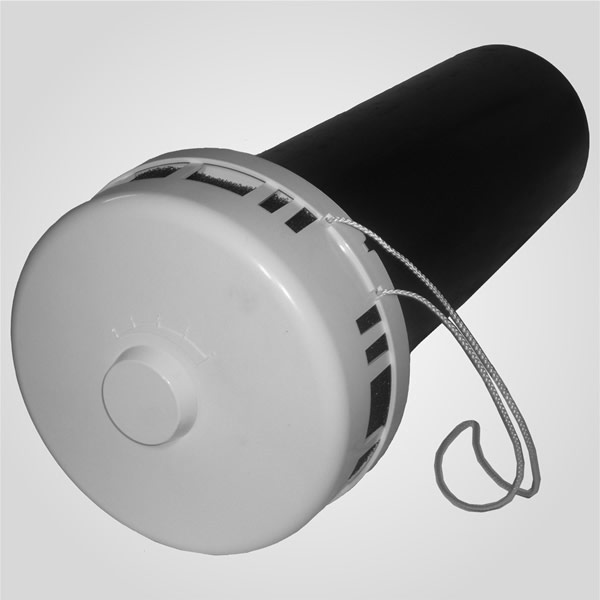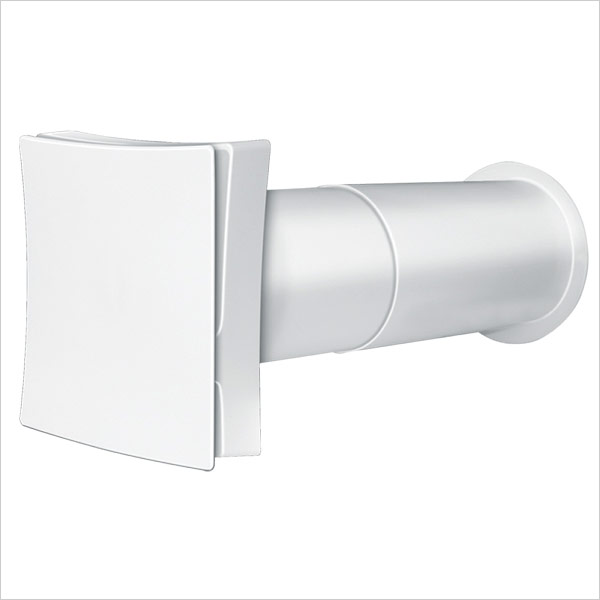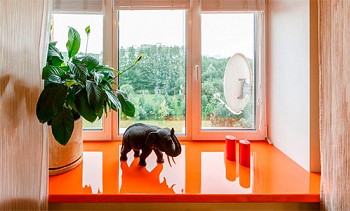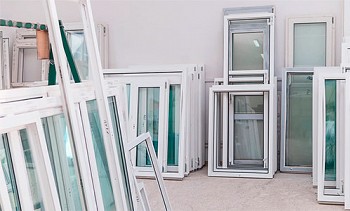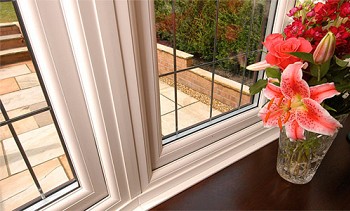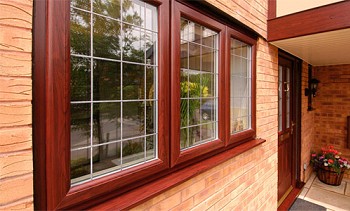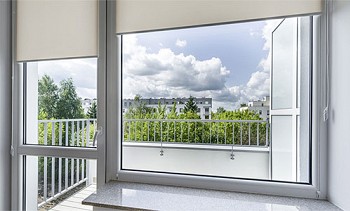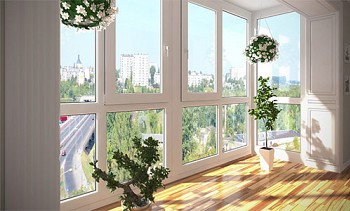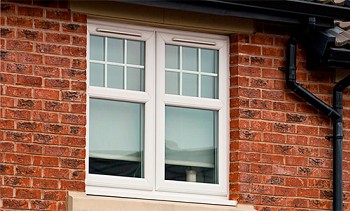Why do plastic windows sweat and how to fix it
Having become the lucky owner of new plastic windows, many apartment owners are faced with a rather unpleasant phenomenon - the windows that served well in the summer and early autumn with the onset of cold weather began to fog. In private homes, cottages and offices, such a nuisance is less common, but it cannot be completely ruled out. Contrary to the erroneous opinion, fogging is not associated with the quality of the windows (most often), but only with errors during installation and operation.
Probably, everyone noticed how with the advent of PVC windows in the house it became quieter and warmer. Especially when all windows and even some doors are replaced. But few people pay attention that the need arose to ventilate the premises more often, if you do not open the window, then it becomes harder to breathe, elderly people feel worse, more often there is an unconscious need to go outside.

Content:
Reasons for fogging windows
The fact is that the installation of metal-plastic constructions radically changes the microclimate in the house - natural gas exchange, which was carried out through wooden windows with cracks in the frames, so annoying users, is violated, and not for the better. Moisture and carbon dioxide released during the breathing of people and pets, cooking, plant life are not completely removed by ventilation devices. Disturbed natural circulation, for which the ventilation systems of multi-unit, and many private houses were calculated. As a rule, exhaust and supply ventilation is not provided here, all hope is only for the natural movement of air.
When installing metal-plastic windows, the air flow from outside decreases by 5-10 times, as a result, the concentration of moisture and carbon dioxide in the room increases. Of course, the increase in the content of these substances in the microatmosphere of the house is somewhat lower - nevertheless, sometimes doors and casements open, but two to three times the moisture concentration increases unambiguously. This is not a complete answer to the question of why plastic windows are sweating, but only part of it.
How the dew point temperature (thermometer readings at which moisture condensation begins) depends on the humidity level is shown in the table. The picture is clearly traced when, with increasing humidity, dew on the glass of the window appears earlier. This causes fogging.
The dew point formation temperature, depending on the temperature and humidity in the room:

Assessment of the microclimate in the room
Climate assessment can be both subjective and objective. To correctly determine the causes of fogging of windows, it is necessary to make an objective analysis of the air condition in the room, that is, using instruments and a standard measurement procedure. Subjective feelings are often deceiving - someone comfortable with +16 0C, and the other freezes at +20 0C. Therefore, we will arm ourselves with the necessary tools - a thermometer and a hygrometer.
First you need to measure the air temperature in the room. This is done in the center of the room at a height of more than 1 m from the floor, approximately in the middle of an imaginary vertical line drawn from the ceiling to the floor. Indications should be in the range +18 - +22 0C. Many manuals recommend starting at +20 0C, but the temperature in the house is a very individual thing, many people at this temperature feel quite uncomfortable, so deviations are quite acceptable.
Relative humidity is measured at the same point as the temperature with a special device - a hygrometer.Now there are electronic hygrometers on sale, which are completely inexpensive, but show the humidity level with fairly high accuracy. Even some smartphones are equipped with programs for this type of measurement, but practice shows that there is no reason to hope for the accuracy of the readings.
The table above shows under what combinations of temperature and humidity dew will appear on the glass. For example, in your room the temperature is equal to the classic + 20, and the humidity is 60% (which is much higher than normal).
In this case, the dew on the window will appear when the glass is cooled to +12 0C. This can happen even with relatively small frosts around -10 - -12 degrees.
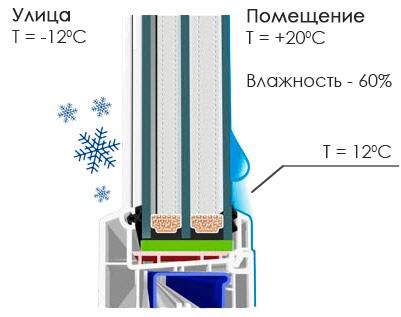
With a humidity of 40% and the same temperature, the dew point drops to + 60C, Such cooling of glass in a double-glazed window requires already about -18 0C and more. A sufficiently high thermal conductivity of the glass determines its heating from the side of the house, but it is also cooled from the side of the street quite intensively. But, given the fact that the package is sealed and absorbent is filled inside it, then it cannot fundamentally fog up inside the glass packet, unless marriage is allowed during assembly.
Misting of glass from the side of the room is possible in the case of using a single-chamber double-glazed window with a thickness of up to 8 mm and humidity in the house above 45%. The optimum humidity is considered to be in the cold season within the range of 30 - 45%. If it is lower than 30%, then the air is too dry and can irritate the mucous membrane, while if it is higher, it threatens not only fogging of the glasses, but also the active development of pathogenic microflora and the threat of mold in the corners and lines of the walls connecting the floor and ceiling.
How to eliminate the threat of fogging windows
Having found out why the plastic windows are sweating from the inside in the apartment, it is necessary to develop a strategy on how to deal with this phenomenon. There are only two reasons for the appearance of dew on the windows from the inside - increased humidity and low temperature in the window area. The glass does not warm up enough and is cooled to the dew point. Eliminating at least one of the reasons, you eliminate the possibility of fogging.
But, like with all diseases, it is necessary to deal with this comprehensively:
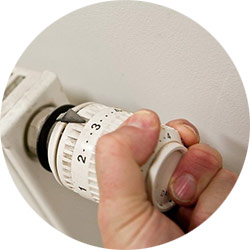
Provide heat to the window area.
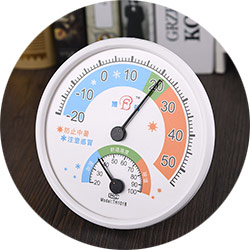
Reduce humidity.
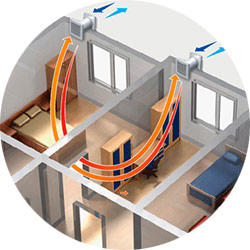
Organize full air circulation.
All these tasks are solved without special financial costs (in most cases), but sometimes more radical intervention is required.
Temperature increase near the window
The easiest way to do this is if the apartment is equipped with an autonomous heating system. In this case, it is enough to correctly adjust the boiler and open the control valves on the radiators located under the windows, which are prone to fogging from the inside. If the dew appears inside the double-glazed window - then this will not help - it is necessary to change the double-glazed window. If the window is under warranty, there will be no problems, worse - if it is bought on the market from unknown sellers.
If the apartment has central heating, then you need to audit the entire heating system:
- clean radiators;
- install control fittings;
- increase the number of sections under the windows;
- replace radiators with more productive ones;
- additionally install a fan heater.
Sometimes the room is warm enough, but the windows still sweat. In this case, you can replace the curtains with less dense ones or install a narrower window sill that does not block the way of warm air from the battery to the window.
Room humidity reduction
The most effective way to reduce humidity in the room is regular ventilation. Even if the outside humidity is higher, this will have a positive effect. There, the air temperature is always lower than in the room, which means that the composition of the air has a lower water content.
When measuring humidity in a room, we determine only one value - relative. It is obtained if you separate two other indicators, the absolute actual and absolute permissible at a given temperature and multiply by 100.
The first figure, actual, shows how much water is in the atmosphere in g / m3 Currently. The second is how much it can theoretically be before the start of condensation at a given temperature. The less air is heated on the street, the less water in it is in the real measurement, even at higher relative humidity.
When drier outside air enters the room, it mixes with the inside and “drains” it. This is all the more useful since fresh oxygen also enters the house, which favorably affects the general state of the microclimate.
When airing the apartment in winter, it is possible to reduce the relative humidity from 50 to 30 - 35% without unnecessary financial costs. It is enough to periodically open the wings for 10 - 15 minutes. But in severe frosts, this method is not only inconvenient, but also unsafe for both people in the house and the window itself. It is easy to catch a cold, and on the window there is a risk of frost on the seals and even their rupture. In cold weather, rubber, silicone and TPE become more rigid and can easily be damaged.
A more modern and practical way of organizing air circulation is the supply and exhaust ventilation. For this you will need to install supply air valves and adjust the operation of the hood. Without much effort, you can restore the same ventilation mode that worked with old wooden windows.
Air exchange in volume up to 30 m is considered normal3/ h per person living in the house. It was with this calculation that standard multi-storey buildings were built, in which plastic windows often fog up. After all, they were designed for wooden windows, which, as already mentioned, do not differ in high tightness and pass enough external air inside.
Organization of air flow
The first step is to check the operation of the exhaust system. To do this is quite simple - open the sash of any of the windows and attach a sheet of paper to the exhaust ventilation hole in the kitchen, in the bathroom, etc. If the air flow presses it on the decorative grille - the ventilation works properly. In case of insufficient flow strength, the installation of an additional exhaust ventilation channel is necessary. The best place is the outer wall of the kitchen. Here, both a conventional adjustable grill and a forced system with an electric motor are appropriate.
The next step is to check the ventilation gaps of the interior doors, especially those leading to the kitchen, bathroom, and toilet. Between the floor and the bottom cut of the door leaf there should be a gap of at least 1.2 - 1.5 cm high. If it is not there, install special transfer valves. They absolutely do not spoil the appearance of the door, but very strongly affect the microclimate in the house, leveling the characteristics of the atmosphere in all rooms.
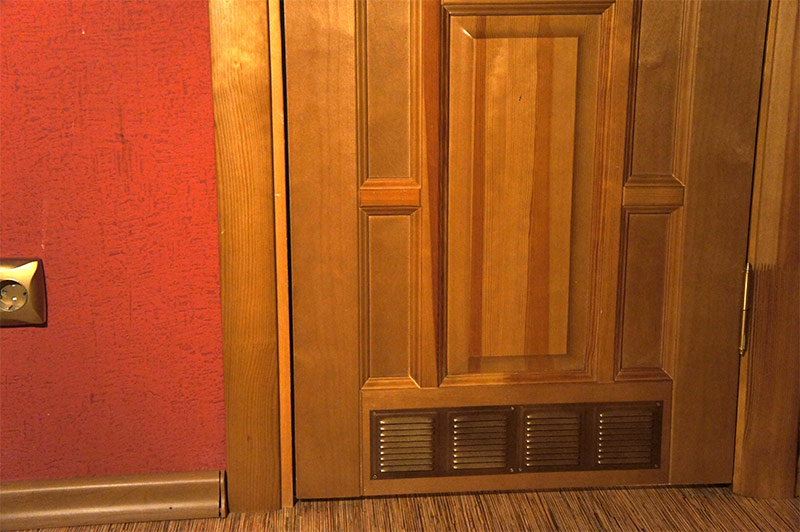
Long blackout curtains, grilles, window sills lined with flower pots and tables and sofas pushed to the radiators also actively interfere with air exchange, the distance to the nearest piece of furniture from the radiator plane should be at least 45 cm.
Window sills should also not protrude above the upper section of the battery, it is best if they are no more than 1 - 2 cm wider than the wall, in this case convection flows move along the desired path and ensure proper heating of the window zone.
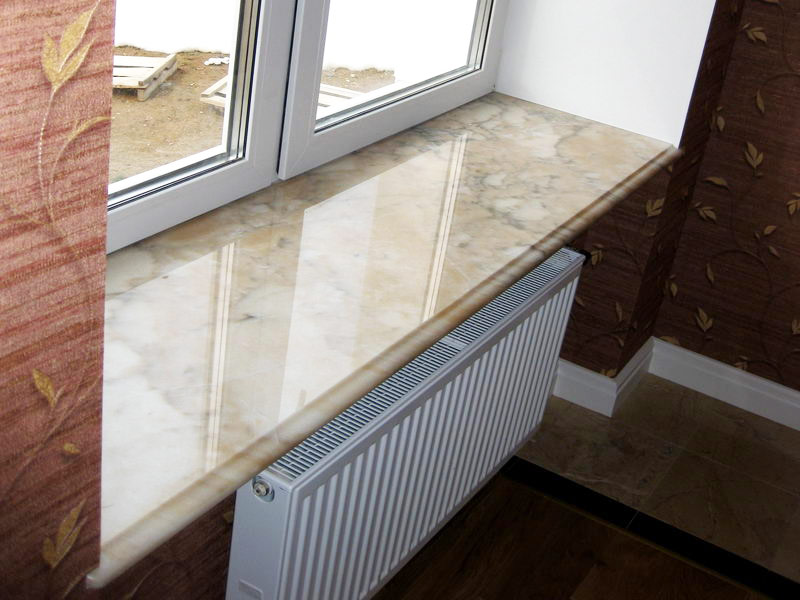
But without an influx of fresh air, all these tricks will not allow to achieve a full-fledged result. The organization of forced ventilation, and constantly operating.
The main role of forced ventilation is to provide access to the interior of colder, but also drier outside air, both in summer and in winter. Do not be afraid that the house will become too cold. If it was warm with wooden windows, it will be comfortable with metal-plastic windows with additionally installed channels for the influx of fresh air. The difference will be 1 - 2 degrees in the direction of decline on very cold days and will hardly be noticeable on ordinary days.
The course for the complete sealing of apartments through metal-plastic windows, which was advertised as one of the main advantages of these structures, gradually changed in the opposite direction. Manufacturers, of course, did not publicly admit their mistake, but in most European countries it is not allowed to sell and install PVC windows without an air exchange system.
But windows with integrated micro-ventilation systems have appeared on the market relatively recently, and windows that have been in operation for more than one year, as a rule, are sweating. How to be in this case? Installing an air conditioner is a futile way. The vast majority of these designs are not designed for air recirculation in the room, without fresh intake from the outside. Humidity changes, if they can be achieved, are only at the level of small fractions of a percent.
There are several practical and inexpensive ways of organizing forced ventilation in any home. The most convenient and inexpensive - installation of wall or window air inlets. These are relatively inexpensive devices, which, moreover, are quite simple to install. You can try to do it yourself, but it is better to invite specialists, especially if the house has recently been renovated.
Wall valves.
Installation of wall valves requires punching through holes in external walls, which are distinguished by a large thickness and a fairly high strength of materials. To adjust the amount of incoming air, a damper is installed, which is installed from the side of the room. You can buy either a manually adjustable valve or an automatic one, the shutter position of which is set by an electric actuator powered by a hygro-sensor that responds to changes in humidity in the room.

The performance of wall valves is quite high - up to 50 m3/ h, they will need 1 - 2 in the house. With normal adjustment and installation in different rooms, they are able to fully provide the house or apartment with the fresh air necessary to maintain a normal microclimate.
The diameter of the valve is in the range from 40 to 130 mm, which requires special equipment for drilling concrete or brick. And the valve itself, in fact, is an ordinary plastic pipe, closed from the street with a mesh to protect against dust and insects.
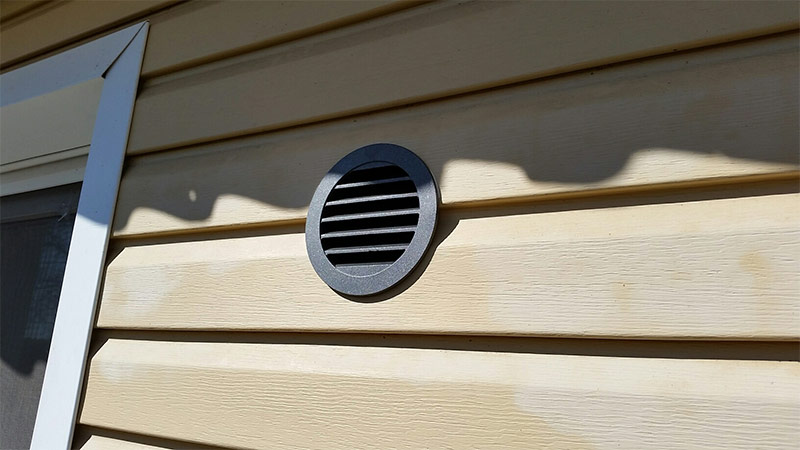
From the side of the wall, the pipe is protected by a layer of thermal insulation. A number of requirements are put forward for the installation of the valve, which do not belong to the category of obligatory ones, but when they are observed, the most efficient operation of the device is achieved.
Basic installation requirements:
- height from the floor - in the range of 1.8 - 2 m;
- the distance from the window opening - 10 - 15 cm;
- installation on the side of the opening sash.
Such distances and the installation method make it possible to mask the valve with a curtain or curtain without problems, easily adjust it and, if necessary, clean the external filter by removing it from the window. Such an operation must be performed at least 2 times a year on the first or second floor and once a year in apartments located above this level - insects and dust rarely rise to the level of the third floor.
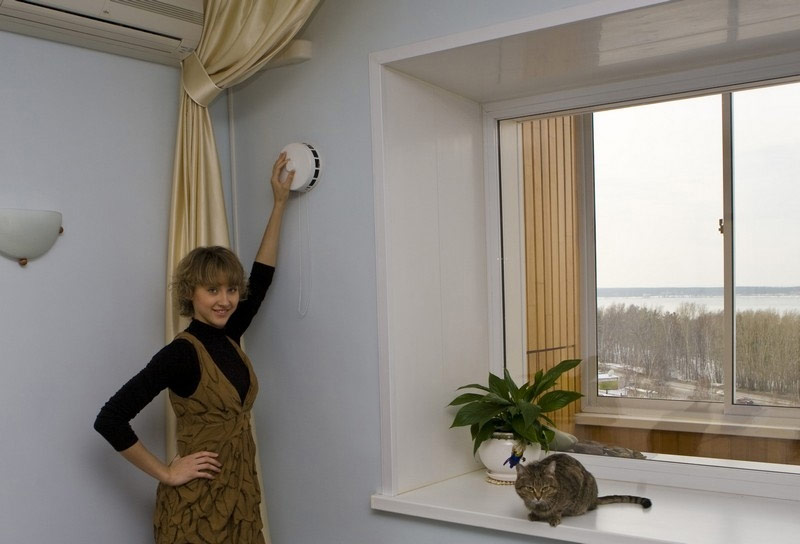
Part of the valve protruding from the wall with openings for air supply should not exceed 2 cm. This makes it possible to fully blow convection flows from the radiator and level the influx of cold air. For effective operation of the device, it is necessary that the distance from the air supply channel to the plane of the curtain is at least 5 cm.
Window valves of the supply ventilation system.
This type of device for adjusting the amount of air entering the house differs in that for its installation it is necessary to disrupt the structure of the window itself. At the same time, the noise and heat insulation properties of the structure must not be violated. Best of all, if the valves are installed during the production of the window - in this case, it is guaranteed that neither the sash geometry nor its heat engineering characteristics are violated.
There are two types of valves for installation on the window frame - built-in and overhead.The former are installed in the fold of the frame behind the sash and give out their presence only by the presence of slots or holes on the upper crossbar of the sash.
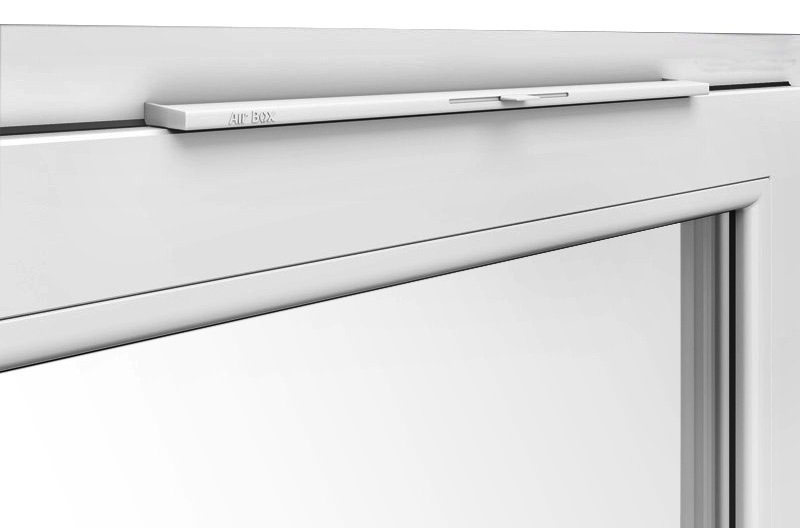
The second - visible on the protruding plates on the upper sash and require some changes in the design of the window.
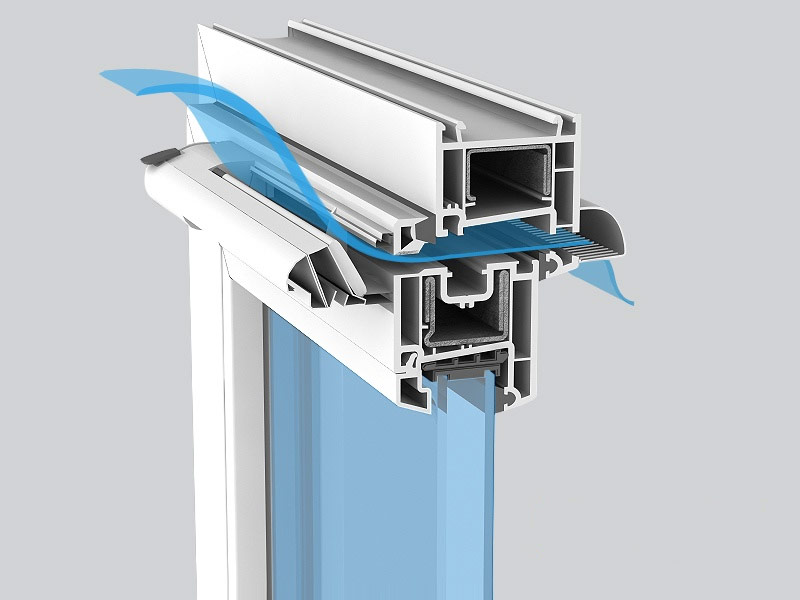
In performance, built-in valves are inferior to invoices several times, but in small apartments they do an excellent job. For large volumes of ventilated rooms, it is better to choose overhead valves, the performance of which is not inferior to wall (up to 50 m3/ h).
However, their installation is somewhat more complicated than built-in - it is required to make long through slots in the upper crossbars of the wings (with the exception of several low-performance models). They practically do not affect the level of sound insulation of windows and heat-shielding properties, except for the influx of cold air into the house from the street. But such valves can reduce the temperature in the house by hardly more than 1 - 2 degrees.
Both types of valves (wall and window) work properly at temperatures up to -35 0C. Theoretically, the lower bar can be lowered lower, but such frosts are very rare. At T = -20, the appearance of traces of hoarfrost can be observed at the valve outlet openings. This is not a defect of the device - when too cold and dry air comes in contact with the atmosphere of the house, moisture condensation is inevitable. Such a phenomenon does not pose a threat to the temperature in the room or to the integrity of the valve itself. In most cases, hoarfrost evaporates even without the formation of water droplets on the surface of the window or valve body.
How to choose a supply valve
You can choose the necessary device that is fully suitable for performance and other qualities from the products of almost ten brands. The best among them in terms of price / quality ratio are Aereco, Regel-Air, Air-Box, KIV. Good equipment is offered under the brands Sinax, Domvent, CleanAir. If you add installation costs to their cost, then the price of one device will reach 3.5 - 4 thousand rubles. Given the almost unlimited period of their operation, the cost of arranging the supply ventilation can be considered minimal, which will pay off in a year or two.
Another important recommendation for the selection of devices for ventilation is the advice to use the services of professional installers of ventilation systems. They will accurately determine the recommended direction of air flow, based on the configuration of the apartment, accurately calculate the throughput of the valves, help to choose the best combination of them.
Features of the movement of air flows require taking into account not only the size of the apartment, but even its orientation to the cardinal points. A properly designed project will not only achieve the maximum effect of the system, but also reduce the cost of its installation and operation, as well as avoid the question of why plastic windows cry.
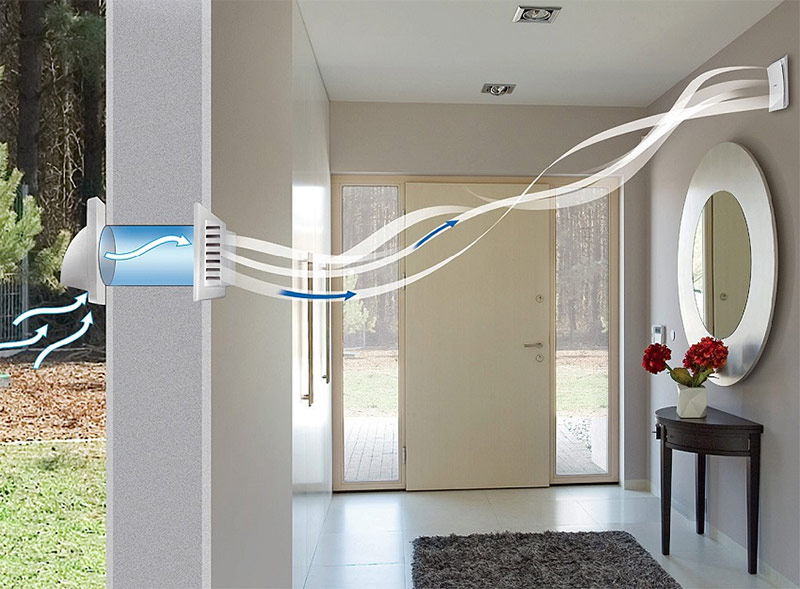
A set of measures that must be performed at the stage of ordering a window
Often the answer to the question why plastic windows are sweating in the house should be sought even at the stage of ordering windows, their production and installation. Although up to 90% success in the fight against fogging windows depends on eliminating the above factors (increased humidity and low temperature in the house), the disadvantages of the metal-plastic structures themselves should not be overlooked.
The correct selection of glass
For example, insufficient thickness of the glass unit or its leakage will lead to dew on the glass much more often than even an increase in the level of relative humidity in the room. And poor-quality profiles in the frame or wings are even more dangerous. Therefore, when choosing windows, you should definitely pay attention to the quality of all the components of the window and their compliance with the climate zone.
When installing windows in the middle zone of Russia, where the temperature is lower - 20 0It does not last long, a single-chamber package with a distance of more than 8 mm with a 4 mm glass is enough.
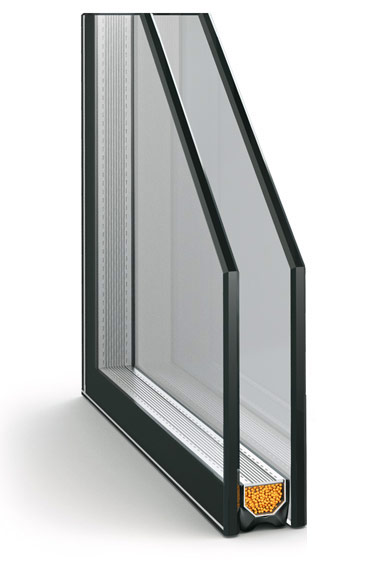
If there is a financial opportunity to buy a package with “i” or “K” glass, then you can be doubly calm that the dew on the inner glass will not appear. In more northern latitudes, a two-chamber double-glazed window filled with inert gas will be required. Even at -30 0C it does not fog up even with very high humidity in the room.
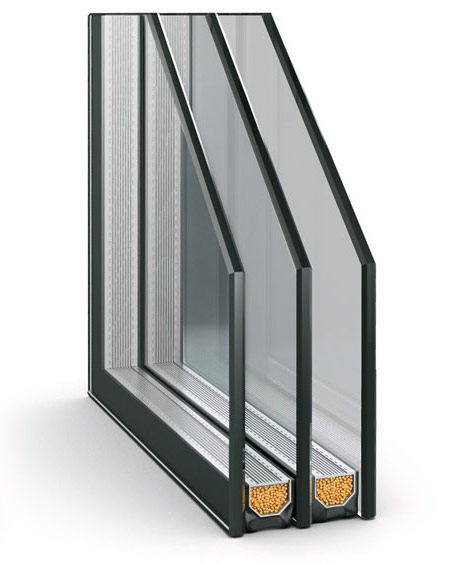
The fact is actively advertised that when using krypton, xenon or argon, the thermal conductivity of the glass unit drops by almost an order of magnitude. This is nothing more than a gimmick of manufacturers. Yes, indeed, the fact that there is an inert gas instead of air reduces thermal conductivity, but only by a few percent in the case of using ordinary glasses and up to 10% in energy-saving ones. Often the cost of packages filled with inert gases is not justifiably overstated. If ordinary float glass is installed, it is better to buy two-chamber double-glazed windows filled with air.
The invisible role of the windowsill
Many buyers of metal-plastic windows are tempted to choose the widest window sill so that it can fit flower pots, various decorative figures and souvenirs, vases or stereo speakers. This may be convenient in the sense of practicality and expansion of living space, but it is completely not justified in terms of heat engineering.
Of course, if the wall is wide enough, more than 40 cm, then with a window mounting width of 10 cm and slopes of 15 cm, nothing prevents choosing a window sill with a width of 20 centimeters. In this case, he will not speak for the outer plane of the radiator and will not create a serious obstacle to warm air.
The air movement will not change too if the plumb of the window sill and the radiator plane coincide, but if the horizontal plane overlaps the vertical by more than 2.5 cm, heat transfer will be disrupted, and more heat will go into the wall without heating the inner glass package. The risk of fogging in this case increases significantly.
It is better to choose a narrower window sill, sacrificing extra square decimeters of area, but getting comfort and warmth in return. And pots with plants can be installed on a wrought iron stand or a pedestal placed nearby.
Installation requirements for plastic windows
During the operation of metal-plastic windows, a situation sometimes arises when condensate does not appear on the glass, but on the window frame. This is more serious than fogging glasses. The reason is a violation of the installation rules, which are not easy to eliminate.
The technology for installing metal-plastic windows is regulated by GOST 30971-2002, which takes into account all the requirements for preparing an opening, thermal insulation and fixing windows in a wall. A standard has been developed with the active participation of window manufacturers from Germany, which is the founder of these designs. German enterprises have vast experience in installing window structures in buildings of various architectures and have provided almost all operating options in different climatic zones.
This is especially true for connecting seams at the joints of windows and walls. From the inside, the sealing of the seam should exclude the penetration of steam into the inside wall space, and from the outside - to allow excess moisture to escape through free gas exchange. The same applies to slopes - if the walls have the ability to "breathe", then dew will never appear on the inside of the frame.
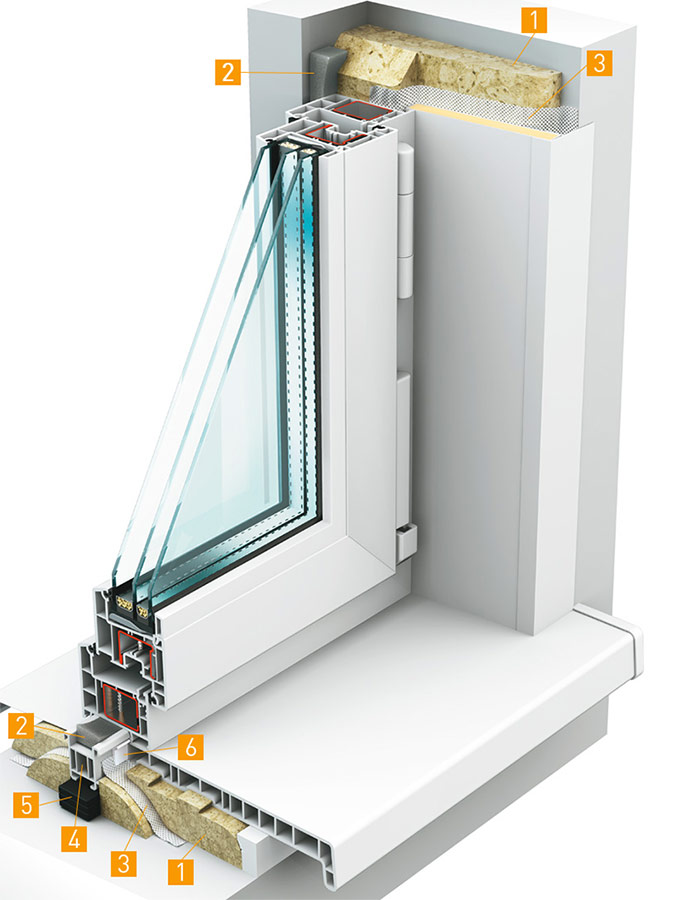
1. Polyurethane foam.
2. Vapor Permeable Layer (PSUL)
3. Hydro-steam-insulating tape (GPL).
4. Stand profile.
5. Support pads.
6. Silicone
“Thermal bridges” should also be excluded. Any metal, ceramic or plastic parts must not pass through the entire slope and the layer of foam sealant. Even with a small cross-sectional area, such inserts can conduct more cold inside the room than the entire single-chamber double-glazed window. Even tubes for cable entries must be insulated externally with a layer of glass wool or polyurethane foam with a thickness of at least 10 mm.
Creating the correct thermal conditions in the house, maintaining a normal level of humidity and observing installation requirements will prevent fogging of the windows of the metal-plastic window at any external temperature.But this is possible only when buying a quality design from a well-known and reputable manufacturer. PVC windows are one of the few products that are not recommended for saving.

